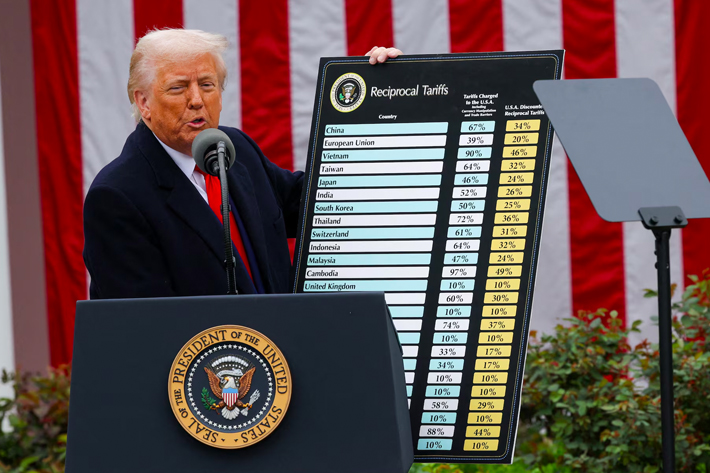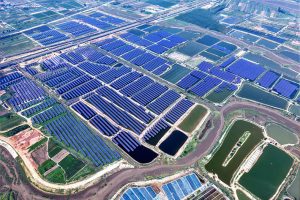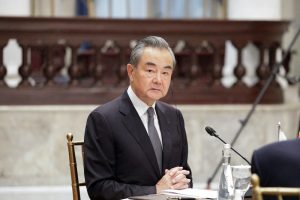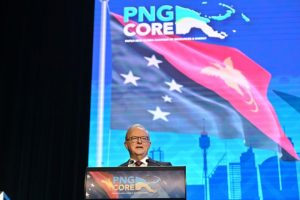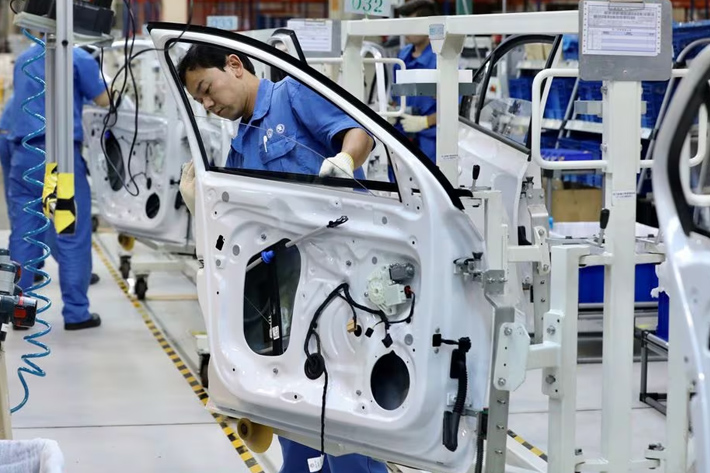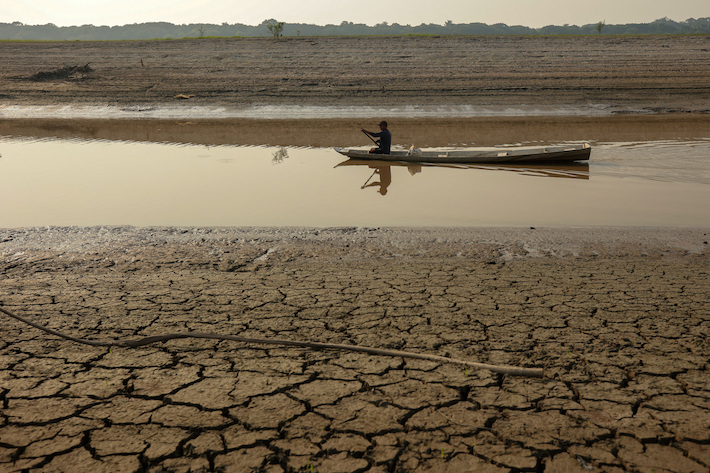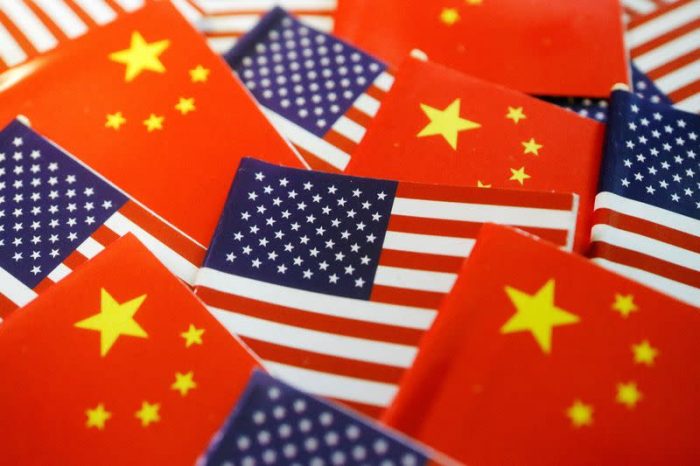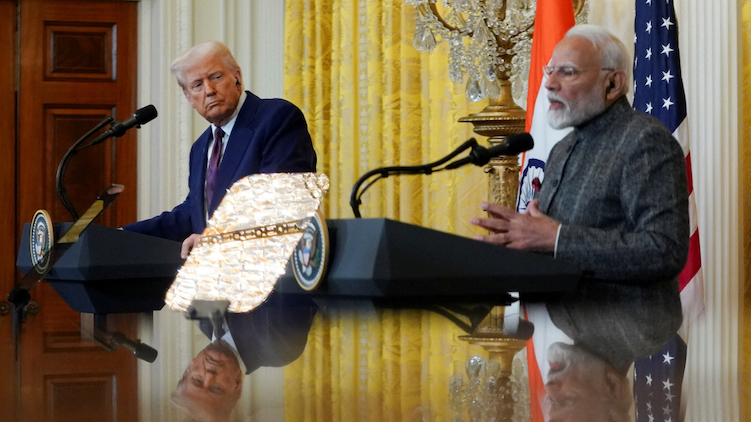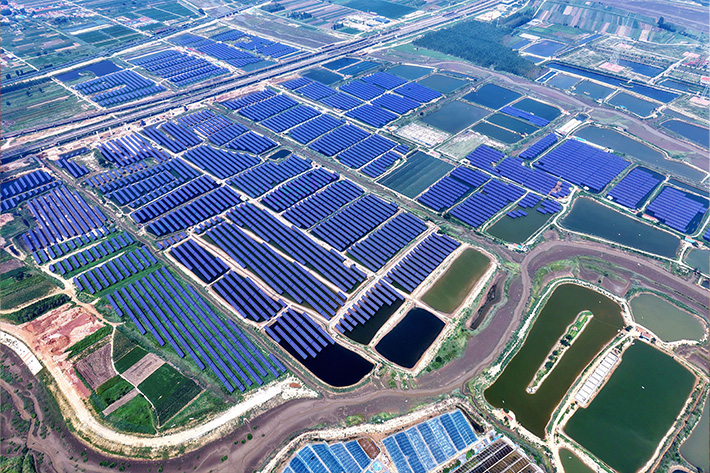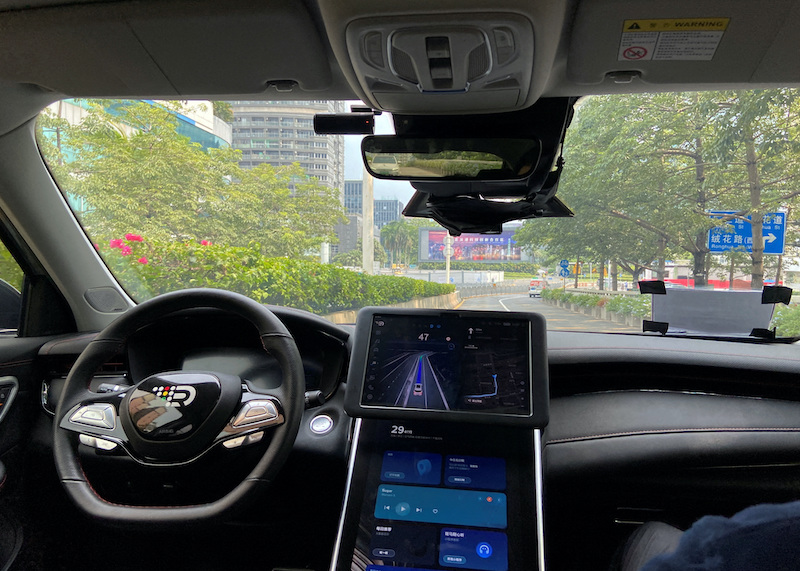US President Donald Trump’s blunt rearrangement of America’s trade dealings with countries all over the world has had jarring impacts on a number of countries, which could generate a dramatic rejig of far more than just economic ties.
Framework trade deals negotiated with major Asian allies such as Japan and South Korea, as well as the European Union, Britain and key trading partners in Southeast Asia appear to have been digested with a sense of relief. The same could be said about the 10% tariff imposed on Australia.
But Asia’s two biggest economies – China and India – have yet to finalise trade agreements with Washington. And the world will be closely watching how the White House manages those deals, given they will impact close to three billion people.
ALSO SEE: Cadence and Nvidia Dealings in China Drawing Close Scrutiny
After announcing a 25% tariff on Indian imports on Wednesday, Trump posted extraordinary remarks on social media, damning India for its dealings with Russia, its high tariffs and slandering its “dead economy”. It was a shocking tirade, even by Trump’s outspoken standards.
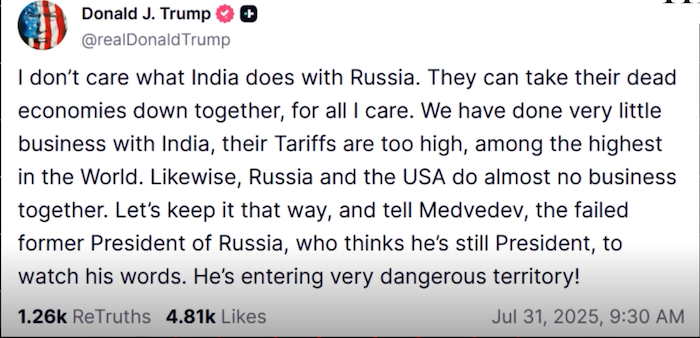
Having to deal with a powerful security partner whose leader has such a jolting and unpredictable nature has created a growing rift between Prime Minister Narendra Modi’s Cabinet and the Trump Administration.
Trump’s lunch with Pakistan’s Army chief, Field Marshal Asim Munir, and offer to extend counter-terrorism collaboration, after insisting that he averted a nuclear war between India and Pakistan in May drew a sharp response from Modi, who said the ceasefire was achieved through talks between the two nation’s army commanders – not US mediation.
These events led to India lodging protests with Washington, slowing the pace of trade negotiations and moving to recalibrate ties with Beijing.
Analyst Saira Bano said Trump has “shown a pattern of disregard for India’s core sensitivities,” and his outspoken candour may have may have already nudged “New Delhi toward closer engagement with Beijing, despite their history of border tensions and strategic rivalry.”
In mid-July, Indian papers carried reports saying Modi is considering attending the Shanghai Cooperation Organisation (SCO) summit in early September and may seek a meeting with President Xi Jinping to further stabilise bilateral ties.
Bullying of India
The bullying of Modi and India over tariffs is, perhaps, not surprising, given what we know about Trump, but the fact that Rubio, Bessent or other senior members of his Cabinet did not seek to temper his outbursts is curious.
However, they have had a lot on their plate. And have any of his billionaire Cabinet ministers ever seen the levels of poverty that exist in India? Maybe not.
So, that is probably the standout event of the last few days. And while a 25% tariff has been imposed on India, both sides have said Modi’s trade officials are still negotiating to get that rate reduced.
US officials said the talks had bogged down over access to India’s agriculture sector, drawing a higher-rate threat from Trump that included an unspecified penalty for India’s purchases of Russian oil.
New Delhi vowed to protect the country’s farm sector, and the threat of higher rates from Trump triggered outrage from the opposition party and a slump in the rupee.
But until that happens, India is undoubtedly in the loser’s column, alongside Canada (35%), Brazil (50%), Laos and Myanmar (both 40%), Switzerland (39%), plus many others.
Thailand and Cambodia may feel they managed to sneak into the winners’ column with just a 19% levy, after they called an end to their border conflict a few days ago, but the economy in both countries is not in great shape.
Levies of 10% to 41% for 69 trading partners
An executive order signed by the President listed higher import duty rates of 10% to 41% starting in seven days for 69 trading partners, as the 12:01am EDT (0401 GMT) deadline approached, Reuters said.
Some had reached tariff-reducing deals while others had no opportunity to negotiate. Trump included an exception for some goods shipped within the coming week.
Goods from all other countries not listed will face a 10% US import tax. Trump had previously said that rate might be higher. The administration also teased that more trade deals were in the pipeline as it seeks to close trade deficits and boost domestic factories.
The Republican president has tapped emergency powers, pressured foreign leaders, and pressed ahead with trade policies that sparked a market sell-off when they were first announced in April.
US federal appeals court judges on Thursday questioned Trump’s use of emergency powers to justify his tariffs of up to 50% on nearly all trading partners.
Trump invoked the 1977 International Emergency Economic Powers Act to declare an emergency over the growing US trade deficit and impose his “reciprocal” tariffs and a separate fentanyl emergency.
Asian markets down
Asian shares were headed for the worst week since April on Friday after the tariffs were announced.
The Hang Seng Index in Hong Kong fell by 1.07%, while the Nikkei was down 0.66%, the ASX in Sydney declined by 0.91%, the Thai SET plunged by 1.93% and the BSE Sensex dropped by 0.72%.
European stocks hit a three-week low on Friday as investors focused on the impact of the new tariffs. The pan-European STOXX 600 index fell around 1% in early trading, down for the third straight session and on track to end the week in red.
Trump’s tariff rollout comes amid more evidence they have begun driving up consumer goods prices.
US Commerce Department data released on Thursday showed prices for home furnishings and durable household equipment jumped 1.3% in June, the biggest gain since March 2022. Recreational goods and vehicles prices shot up 0.9%, the most since February 2024, Reuters said, while prices for clothing and footwear rose 0.4%.
Switzerland said it would push for a “negotiated solution” with the US, while Taiwan President Lai Ching-te said the new 20% tariff rate for the island was temporary” and that he expected to reach a lower figure.
South Africa’s Trade Minister Parks Tau said he was seeking “real, practical interventions” to defend jobs and the economy against the 30% U.S. tariff it faces.
Trump’s order said some trading partners, “despite having engaged in negotiations, have offered terms that, in my judgment, do not sufficiently address imbalances in our trading relationship or have failed to align sufficiently with the United States on economic and national-security matters.”
Other details are still to come, including on the “rules of origin” that will determine what products might face even higher tariffs.
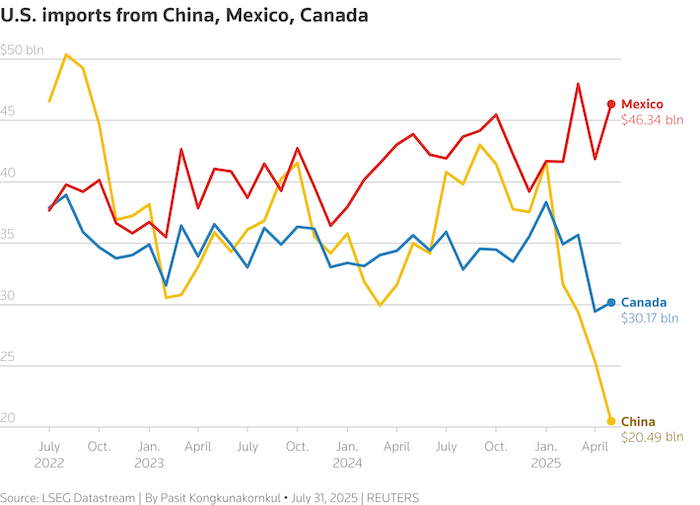
Canada, Mexico, Brazil, China
Trump issued a separate order for Canada that raises the rate on Canadian goods subject to fentanyl-related tariffs to 35%, from 25% previously, saying Canada had “failed to cooperate” in curbing illicit narcotics flows into the US.
The higher tariffs on Canadian goods contrasted sharply with Trump’s decision to grant Mexico a 90-day reprieve from higher tariffs of 30% on many goods to allow time to negotiate a broader trade pact.
Canadian Prime Minister Mark Carney said he was disappointed by Trump’s decision and vowed to take action to protect Canadian jobs and diversify exports.
“While we will continue to negotiate with the United States on our trading relationship, the Canadian government is laser focused on what we can control: building Canada strong,” he said in a post on X.
The extension for Mexico avoids a 30% tariff on most Mexican non-automotive and non-metal goods compliant with the US-Mexico-Canada Agreement on trade and came after a Thursday call between Trump and Mexican President Claudia Sheinbaum.
“We avoided the tariff increase announced for tomorrow,” Sheinbaum wrote on X, saying the Trump call was “very good.”
About 85% of US imports from Mexico comply with the rules of origin outlined in the USMCA, shielding them from 25% tariffs related to fentanyl, according to Mexico’s economy ministry.
Trump said the US would continue to levy a 50% tariff on Mexican steel, aluminum and copper and a 25% tariff on Mexican autos and on non-USMCA-compliant goods subject to tariffs related to the US fentanyl crisis.
“Additionally, Mexico has agreed to immediately terminate its Non-Tariff Trade Barriers, of which there were many,” Trump said in a Truth Social post, without providing details.
Trump hit Brazil’s exports on Wednesday with a 50% tariff as he escalated his fight with the country over its prosecution of former President Jair Bolsonaro, but softened the blow by excluding sectors such as aircraft, energy and orange juice from heavier levies.
Meanwhile, China is facing an August 12 deadline to reach a durable tariff agreement with Trump’s administration after Beijing and Washington reached preliminary deals in May and June to end tit-for-tat tariffs and a cut-off of rare earth minerals. A US official told reporters they are making progress toward a deal.
- Jim Pollard with Reuters
NOTE: Minor edits, links and details were added to this report on August 1, 2025.
ALSO SEE:
S Korea to Invest $450bn in US Projects, Energy; Gets 15% Tariff
Trump Says India Will Face 25% Tariff, Penalty From August 1
India Now the Biggest Source of Smartphone Exports to the US
US, China Set For Talks in Stockholm on Tariff Truce Extension
Trump’s Dealings With Pakistan Has India Slowing Tariff Talks
Nikkei Jumps After Trump Strikes 15% Tariff Deal With Japan
China Firms Race Out Exports to Beat Trump’s Big Tariff Deadline
Vietnam to Ramp up Inspection of Chinese Goods After Trump Deal
Air Cargo From China to US Sinks After End of Tax Loophole
US Lifts Bans on Chip Software, Ethane, As China Truce Holds
Trade Truce Done With 55% Tariffs on China Exports, Trump Says




